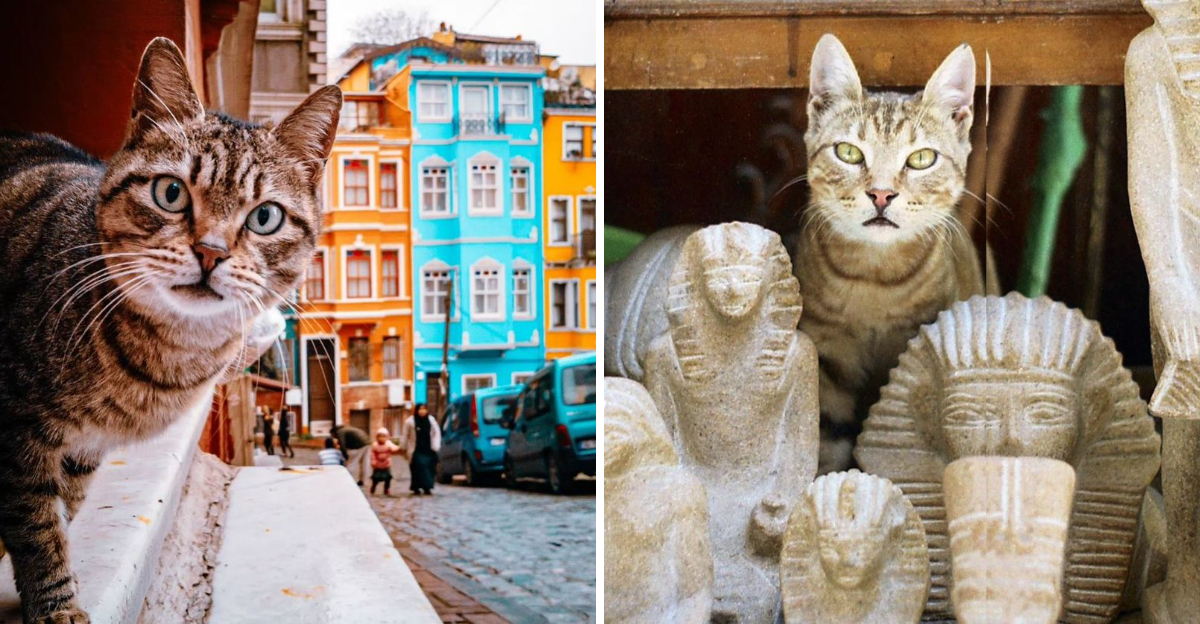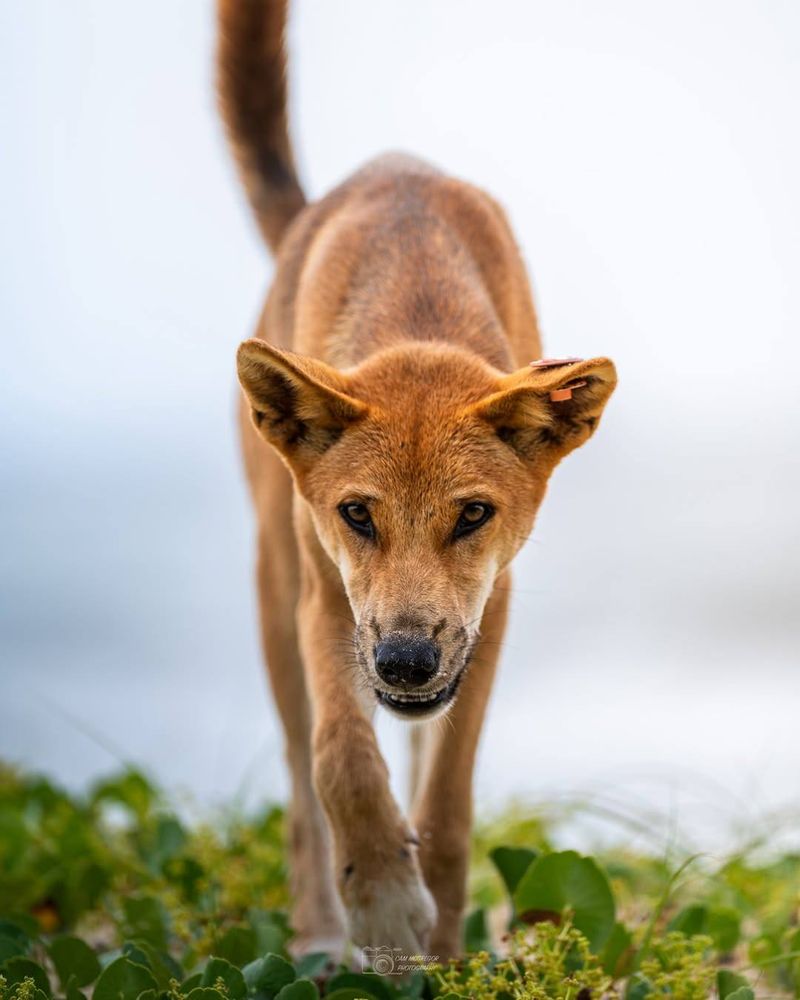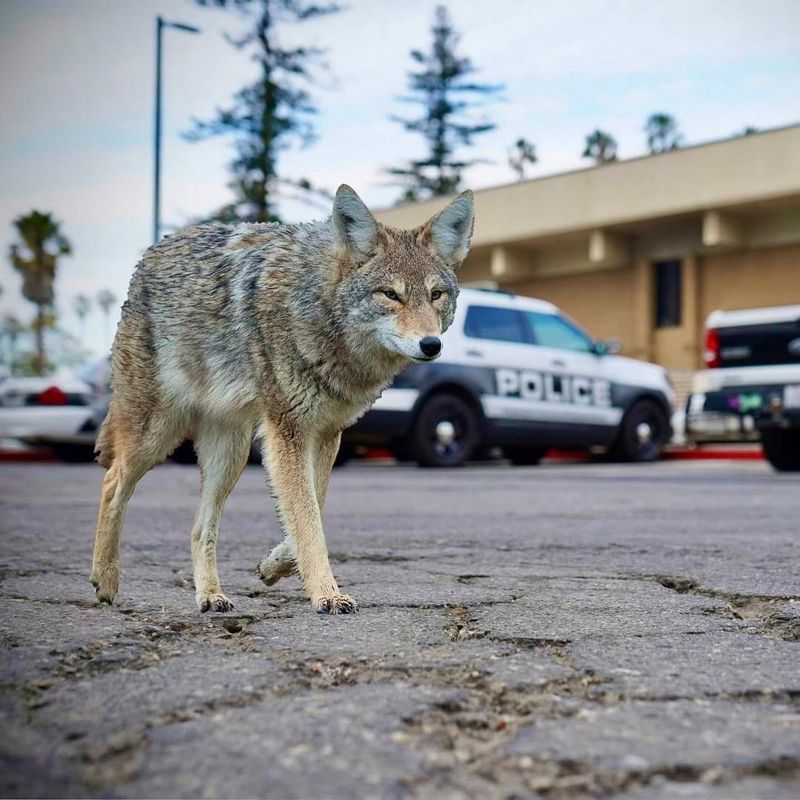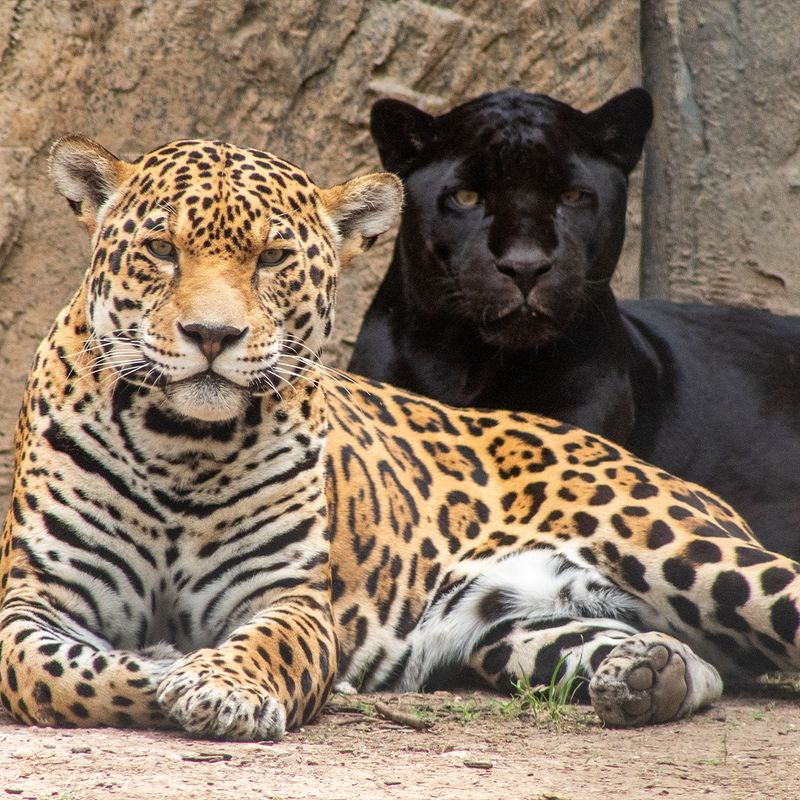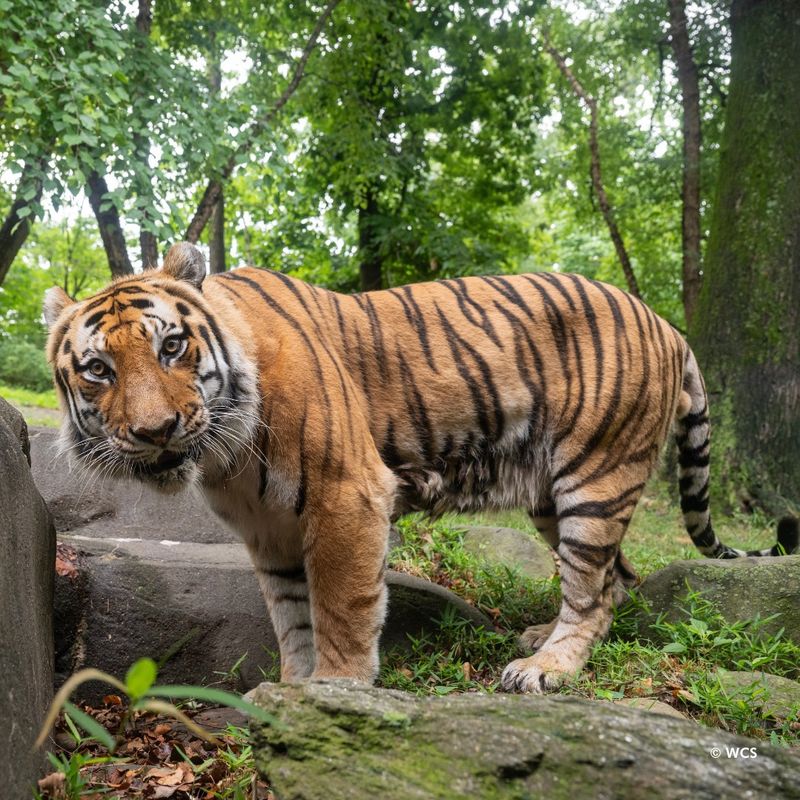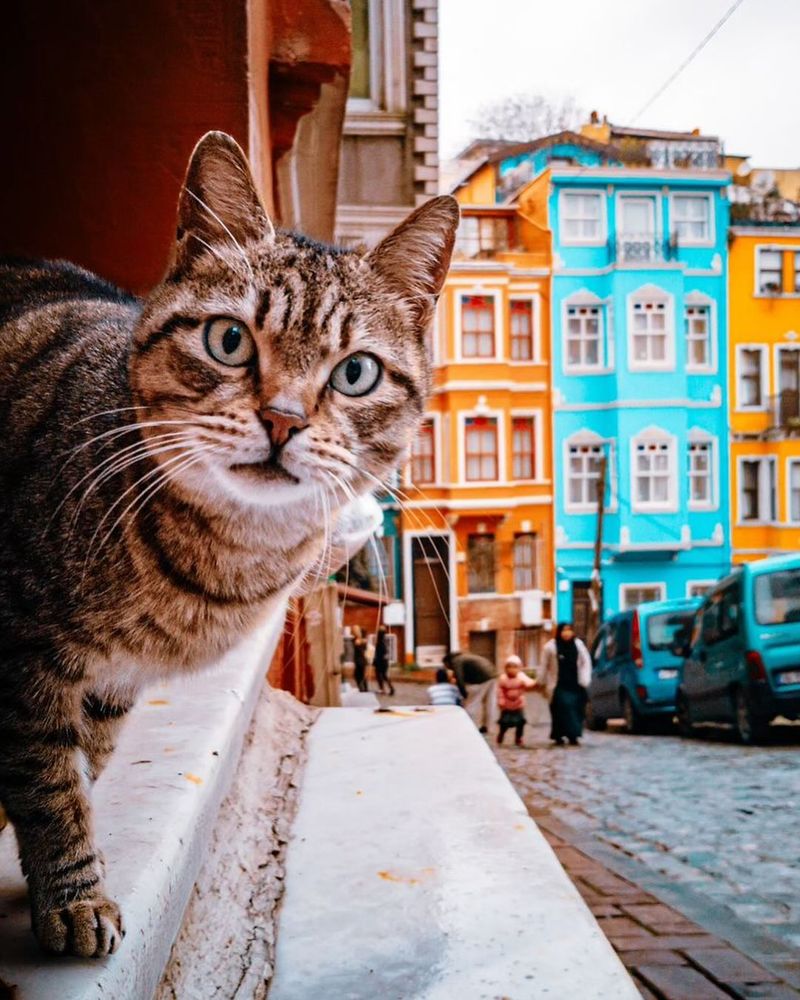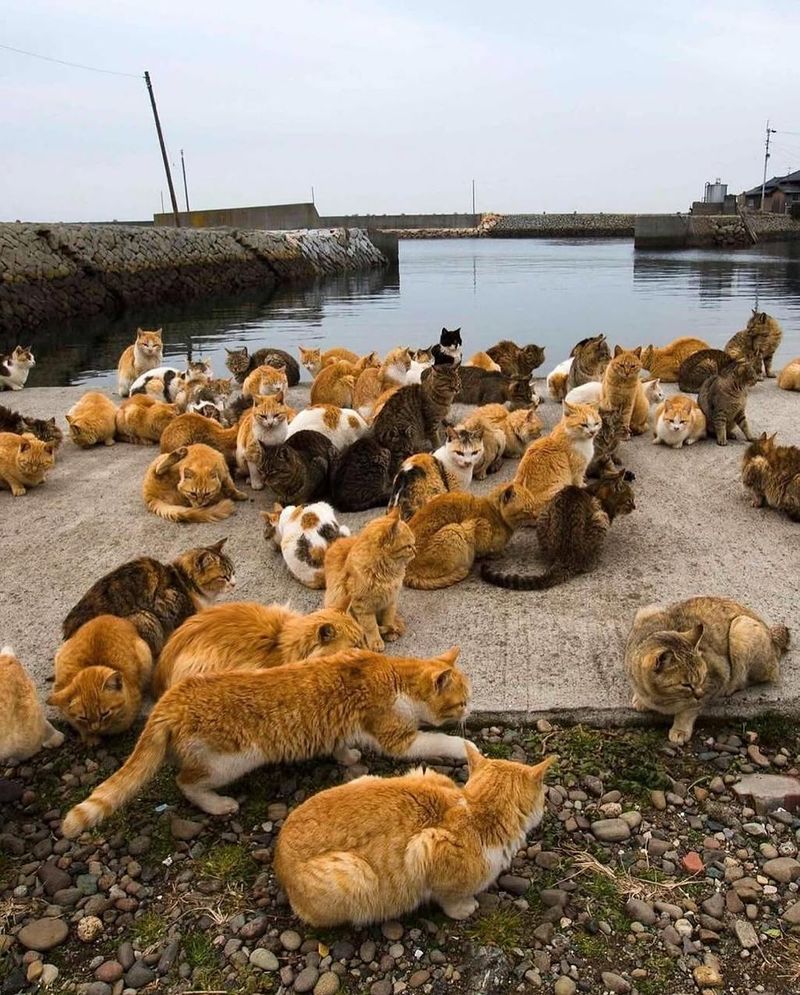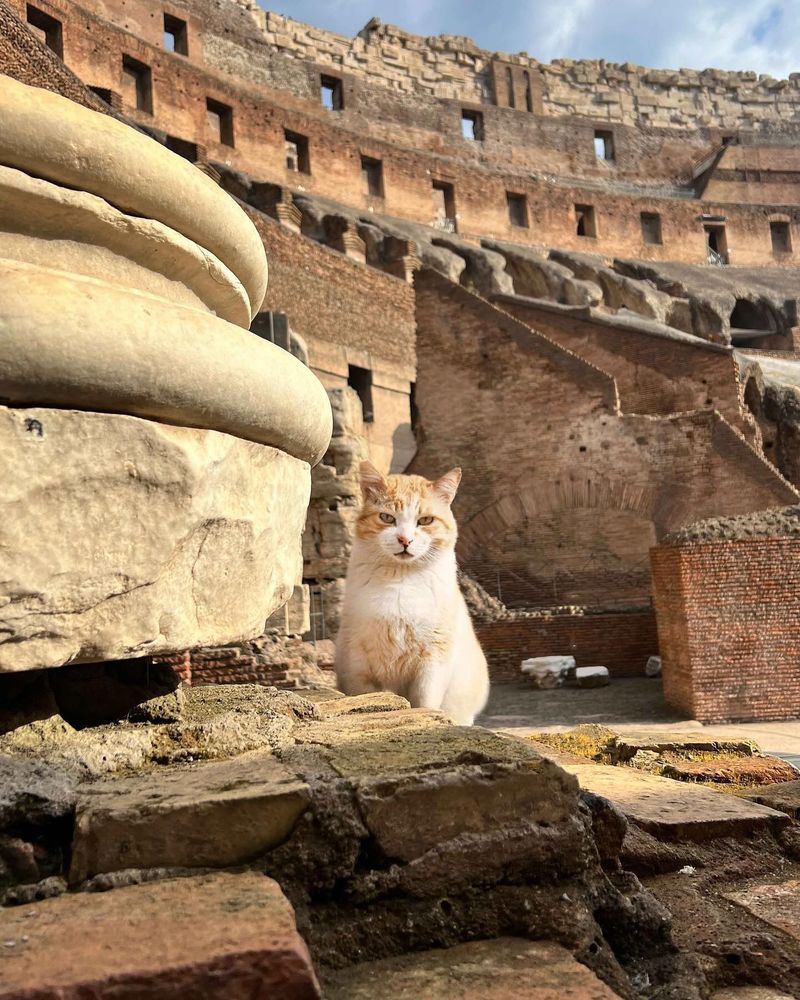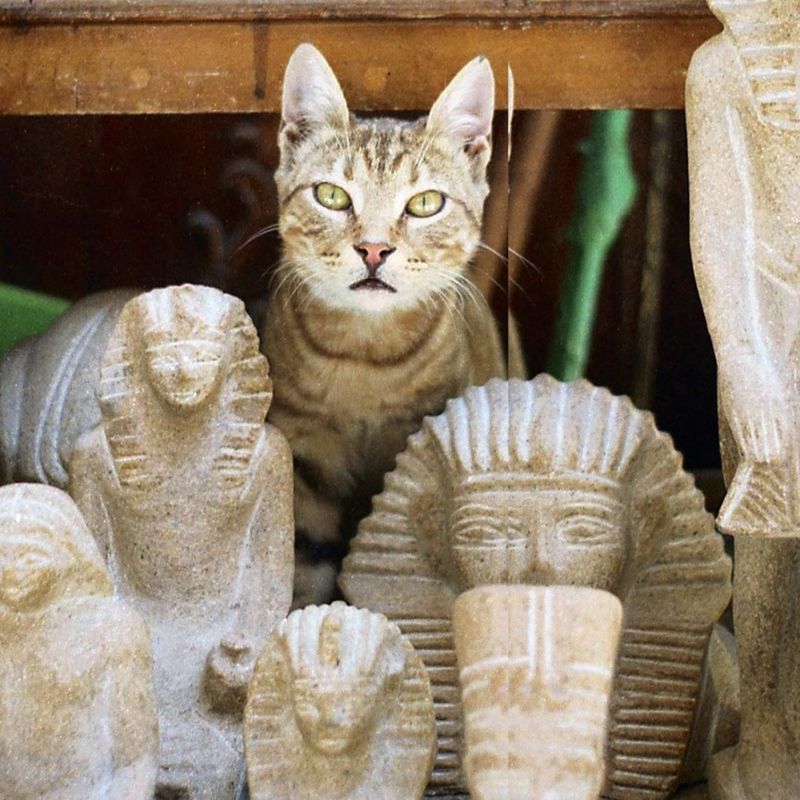📖 Table of Content:
Cats have different experiences around the world, from being cherished companions to facing serious dangers from local wildlife. In some countries, wild predators make outdoor life risky for our feline friends. In others, cats roam freely, becoming an integral part of the local culture and street scenes.
Let’s explore how geography shapes the feline experience across the globe!
1. Australia’s Deadly Outback
Australian cats face serious threats from dingoes, pythons, and wedge-tailed eagles that view them as easy prey. The harsh outback environment offers few hiding places, making domestic cats vulnerable when outdoors.
The government actually encourages keeping cats indoors not just for their safety but because cats themselves threaten native wildlife. Feral cats have devastated local bird and small mammal populations.
Many Australian pet owners build special ‘catios’ – secure outdoor enclosures that protect their feline companions while still allowing them to enjoy fresh air without becoming someone’s dinner or harming wildlife.
2. Canada’s Wilderness Dangers
Coyotes, wolves, bears, and even great horned owls pose significant risks to outdoor cats across Canada’s vast wilderness areas. Rural and suburban neighborhoods bordering forests become hunting grounds for these predators, especially during harsh winters when food is scarce.
Canadian veterinarians regularly treat cats with injuries from wildlife encounters. In British Columbia and Alberta, mountain lions occasionally venture into residential areas, creating dangerous situations for pets.
Smart Canadian cat owners follow a dawn-to-dusk rule – bringing cats indoors during prime predator hunting hours. Some communities have even established bylaws requiring cats to remain indoors to protect both the cats and local bird populations.
3. Brazil’s Rainforest Predators
Brazilian cats living near rainforest areas face jaguars, ocelots, and massive anacondas capable of swallowing a cat whole. The humid climate also harbors parasites and diseases that can jump from wild animals to domestic cats.
Owners in rural Brazil often keep sturdy dogs alongside their cats as protection against wildlife intrusions. Urban sprawl increasingly pushes wildlife and domestic pets into uncomfortable proximity, creating dangerous overlap zones.
Surprisingly, some Brazilian cats develop unique survival skills – climbing higher than their wild counterparts can follow or sensing approaching predators before humans notice anything amiss. Still, the rainforest remains a perilous place for domestic felines.
4. South Africa’s Predator Paradise
South African cats contend with an impressive lineup of predators – from leopards and caracals to massive pythons and eagles. Even baboons have been known to attack cats in certain regions, viewing them as competition or prey.
Suburban homes near wildlife reserves face particular challenges. Electrified fencing sometimes surrounds properties, protecting both humans and pets from wildlife intrusions.
Local veterinarians advise creating safe outdoor spaces with high walls and mesh coverings. Unlike in some countries, South African cats rarely develop feral populations in wilderness areas – the abundant predators ensure domestic cats without human protection don’t survive long enough to establish territories.
5. India’s Tiger Territory
Rural Indian cats face some of the world’s most formidable predators, including tigers, leopards, and wild dholes (Asian wild dogs). Villages bordering national parks report frequent losses of domestic animals, including cats, to these efficient hunters.
The monsoon season brings additional dangers when flooding forces wild animals into human settlements. Cats become easy targets during these displacement events.
Many rural Indian families keep their cats as indoor-outdoor animals during daylight hours but secure them inside at night when big cats are most active. Interestingly, some Indian cats develop specialized awareness of predator territories, instinctively avoiding areas marked by tigers or leopards.
6. Istanbul’s Cat Kingdom
Istanbul’s streets belong to its estimated 125,000 cats who enjoy an almost royal status among locals. These felines roam freely through ancient markets, lounge in historic mosques, and receive food and water from shopkeepers and residents who consider it good fortune to care for them.
The city’s unique geography between Europe and Asia has made cats cultural ambassadors for centuries. Many restaurants and cafés have their own “resident” cats who freely wander in and out, receiving treats from delighted tourists.
Istanbul’s government provides veterinary services, shelters, and feeding stations throughout the city. The 2016 documentary “Kedi” showcased this special relationship, bringing international attention to the harmonious coexistence between humans and street cats in this Turkish metropolis.
7. Japan’s Cat Islands
Tashirojima and Aoshima islands have become famous worldwide as “Cat Islands” where felines dramatically outnumber humans. On Aoshima, approximately 120 cats share the island with fewer than 20 elderly residents, creating a paradise where cats rule unchallenged.
Originally brought to control mice in fishing villages, these cats now attract thousands of tourists annually. Locals believe feeding cats brings good fortune, reinforcing the feline-friendly culture that has developed over generations.
Japanese visitors often bring cat food as offerings, and special ferry services run specifically for cat tourism. The cats roam freely, lounging on warm fishing boats, napping in doorways, and confidently approaching visitors for attention and treats.
8. Rome’s Ancient Feline Colonies
Rome’s cats enjoy protected status among ancient ruins dating back thousands of years. The Colosseum, Forum, and Largo di Torre Argentina (ruins where Caesar was killed) host established cat colonies that are legally protected as part of the city’s “bio-cultural heritage.”
Dedicated volunteer organizations like the Torre Argentina Cat Sanctuary provide food, medical care, and spay/neuter services. Cats lounge dramatically atop ancient columns and peer from millennia-old structures, creating iconic photo opportunities for tourists.
Roman cats enjoy legal protections unimaginable elsewhere – it’s actually against city regulations to disturb these felines or remove them from their historic homes. Many restaurants and shops have their own “house cats” who wander in and out at will.
9. Egypt’s Revered Felines
Modern Egyptian cats continue a legacy of reverence dating back to ancient times when cats were literally worshipped. Cairo’s streets host countless felines who receive food and protection from locals who consider them bringers of good fortune.
Street vendors often keep bowls of water and food scraps for neighborhood cats. Unlike in many countries, Egyptian cats rarely face persecution and freely wander through markets, mosques, and residential areas.
This special status stems from ancient Egyptian cat-goddess Bastet and the historical protection of grain stores from rodents. Though no longer deified, cats maintain a privileged position in Egyptian society, with many families believing a cat choosing their doorstep brings blessings to the household.
10. Morocco’s Medina Mousers
Moroccan cats dominate the labyrinthine streets of ancient medinas in Fez, Marrakech, and Essaouira. These confident felines patrol narrow alleyways, lounge in spice markets, and receive regular offerings from shopkeepers who value their rodent-hunting skills.
Local cafés often have “resident” cats who freely move between establishments, receiving treats from both locals and enchanted tourists. The cats’ presence in Morocco’s historic districts has become so iconic that they feature prominently in travel photography and guidebooks.
Unlike many countries where street cats appear neglected, Moroccan medina cats typically look healthy and well-fed. Traditional riads (guesthouses) often have their own cat families who move freely between private courtyards and public spaces.
